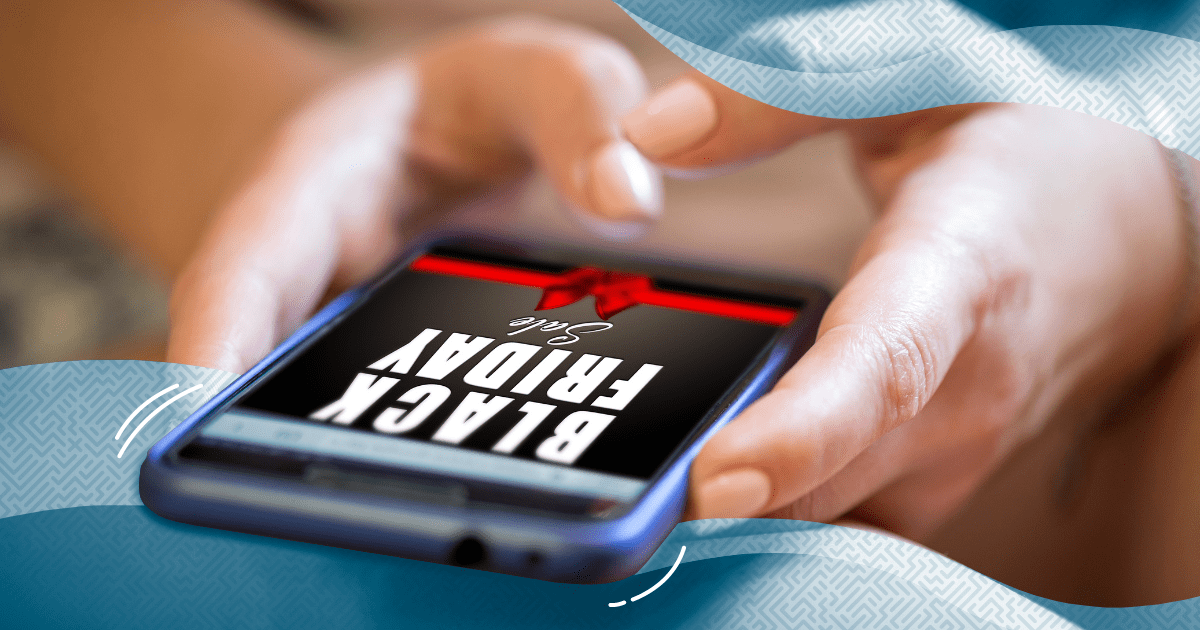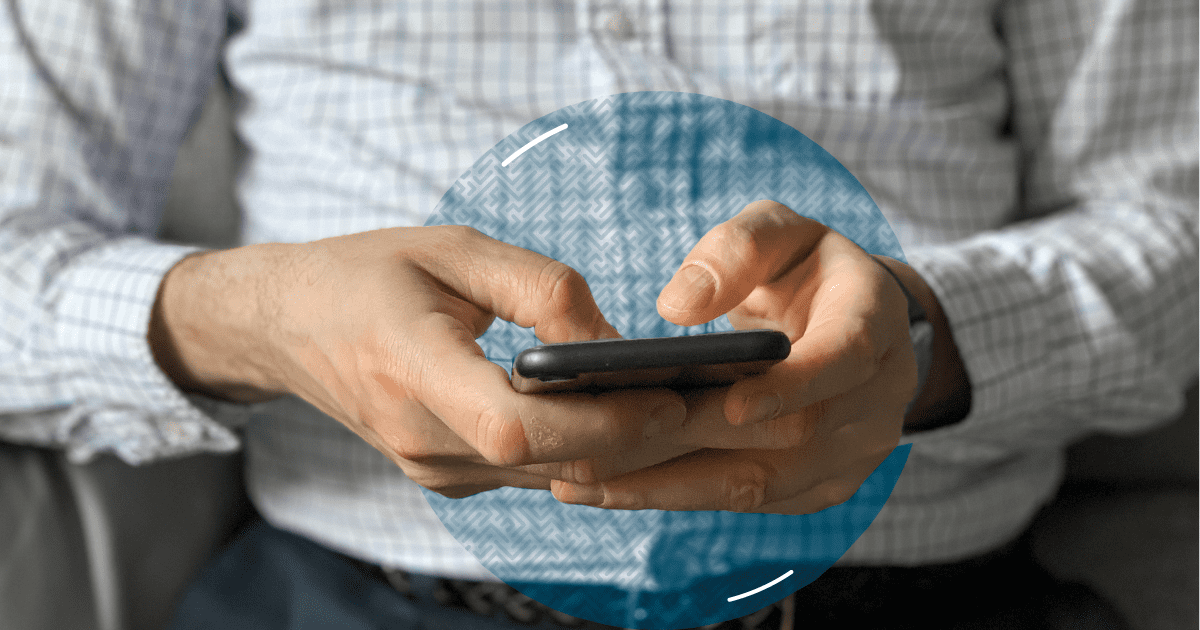
If you’ve looked into using text marketing for your business, you’ve probably heard of SMS and MMS. But what’s the real difference between them?
Let’s break down these two messaging types to see how they work and when to use each one.
What is SMS?
SMS stands for Short Message Service and is commonly referred to as text messaging. It lets users send text messages, typically limited to 160 characters, between mobile devices. If messages exceed the character limit, they are split into multiple segments of 160 characters.
Unlike other messaging platforms that require specific apps or internet connectivity, SMS works on almost every mobile device, making it highly accessible and convenient.
However, SMS is limited when it comes to multimedia content. SMS doesn’t support sending images, videos, or other multimedia files. It only sends text. This is where MMS fills the gap.
Benefits of SMS
- Universally compatible: SMS works on virtually all mobile phones, regardless of the carrier or model.
- Reliable delivery: SMS messages are typically delivered quickly and reliably.
- Cost-effective: Many mobile plans include unlimited SMS messages, making it cost-effective.
What is MMS?
MMS stands for Multimedia Message Service. It lets users send multimedia content alongside text. With MMS, users can send photos, videos, and GIFs. Depending on your provider and texting platform, you can also send audio clips and small files. This opens up a lot of possibilities for more engaging communication.
The character limit for MMS is also larger, allowing for 1,600 characters, although including multimedia content often reduces the available characters. The versatility of MMS makes it a popular choice for marketing, as images are often better at expressing emotions and conveying complex content more effectively.
However, MMS does have some limitations. For one, the size of multimedia files that can be sent is often restricted by carrier and device limitations. This means that large files may need to be compressed or resized before they can be sent, possibly decreasing the quality of the content. It also may take longer to send the messages out.
Additionally, not all mobile devices or carriers support MMS, which can lead to compatibility issues in certain cases. If you’re messaging someone who doesn’t have a smartphone, they’ll most likely not be able to receive any type of multimedia.
Benefits of MMS
- Share multimedia content: MMS allows you to share multimedia content that SMS doesn’t support.
- Engaging communication: Adding visuals makes your messages more engaging and more likely to capture the recipient’s attention.
- More context: You can send pictures, videos, or voice recordings to provide additional context or information.
SMS and MMS FAQs
When Should I Use SMS or MMS?
You’ll most often use SMS. But when you need to be more engaging, use MMS to send an image, gif, etc.
But don’t send an image just for the sake of sending an image. People don’t care about irrelevant content. Only send images if it will enhance the message, helping to convey the purpose better.
Are There Any Additional Costs Associated With Sending MMS Compared to SMS?
In most cases, sending MMS may be an additional cost or more expensive than SMS. We recommend reviewing your mobile plan for specific details.
If using a texting platform like Skipio, MMS is often included in your plan. Each of Skipio’s plans includes MMS but have different outbound messaging limits.
How Can I Tell if a Message I Received is an SMS or MMS?
Typically, SMS messages will only contain text, while MMS messages include multimedia content such as images, videos, or GIFs alongside text. Your messaging app or device should also indicate whether a message is an SMS or MMS.
Is There a Limit to the Number of Recipients I Can Send SMS or MMS Messages to?
The limit on the number of recipients for SMS and MMS messages may vary depending on your mobile carrier and messaging platform. Some carriers or platforms have restrictions on mass messaging to prevent spamming.
Can I Schedule SMS or MMS Messages to Be Sent at a Later Time?
Many messaging platforms offer the option to schedule SMS or MMS messages to be sent at a later time or date. This feature can be convenient for planning marketing campaigns or sending reminders.
With Skipio, you can use automation to schedule outreach to new leads and one-off texts or drip messaging to send multiple messages on a pre-set timeline.
Communicate Effectively
Both SMS and MMS are important in text marketing communication. Understanding the difference between the two helps you to choose the most appropriate way to make sure your message is delivered and communicated effectively.



